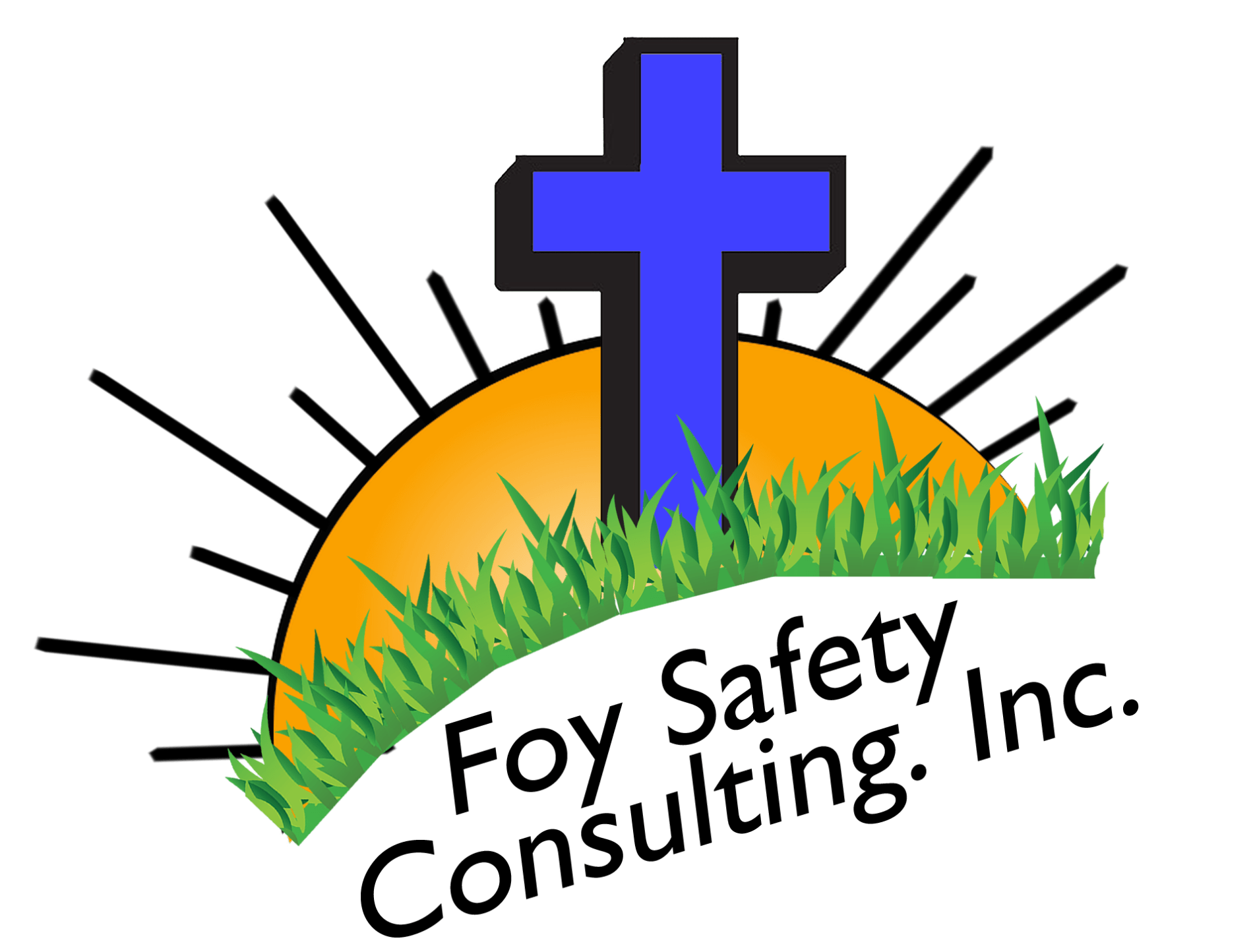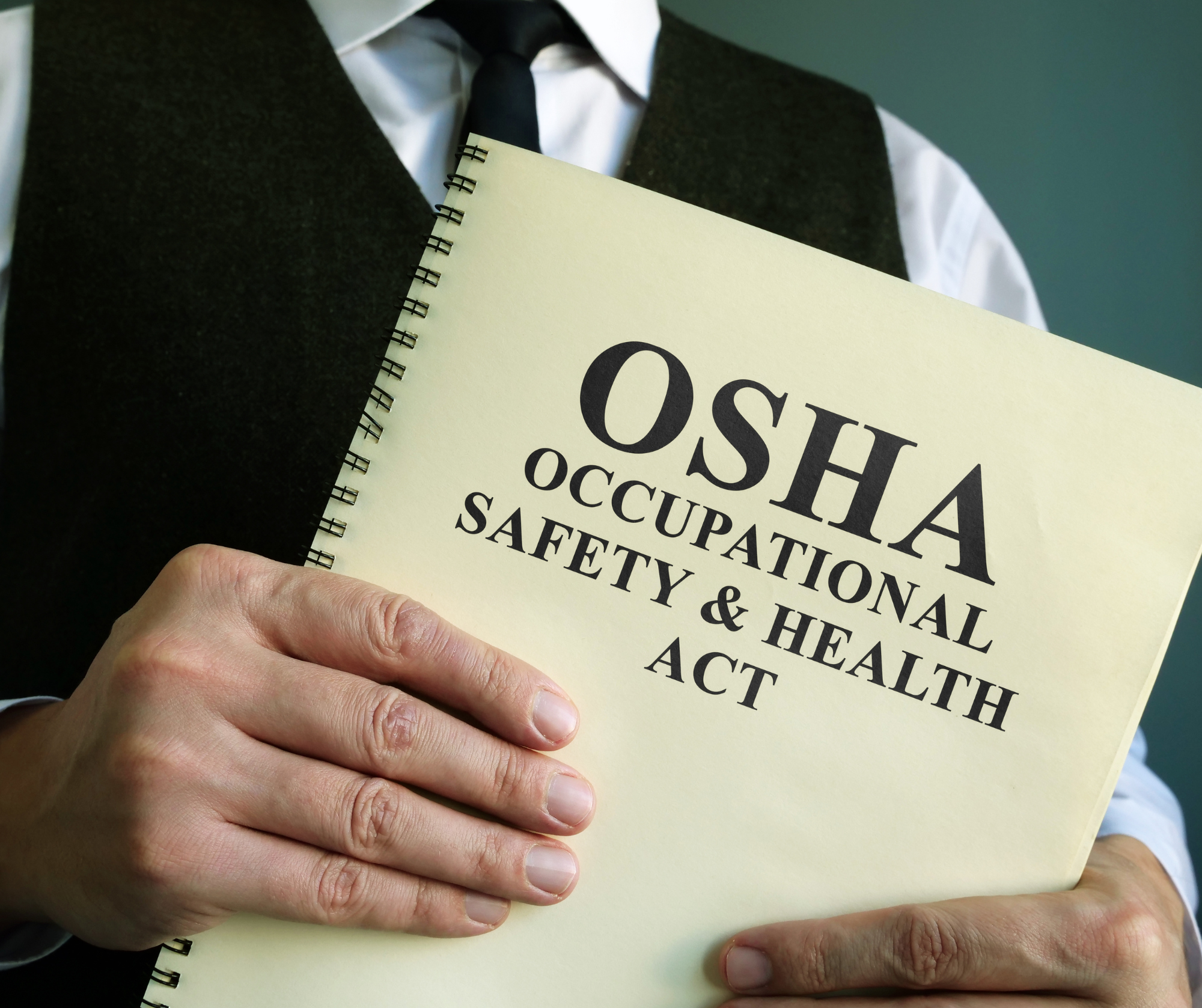 What Employers Need to Know About OSHA?
What Employers Need to Know About OSHA?
The Occupational Safety and Health Administration, or OSHA, has been around since 1971 as an agency that helps protect American workers from any kind of hazards on the job. But what are these hazards? What should employers know about OSHA? And why does this matter to employers in the first place?
Understand how regulations are enforced:
- In addition to federal safety and health standards, there are also state laws. Although these laws vary from state to state, they usually address specific hazards that pose a greater risk in certain industries (for example, workers’ compensation for injuries that occur on-the-job). There are also regulations and acts passed by Congress at a national level.
- The Occupational Safety and Health Act of 1970 is one such act; it created OSHA as well as other agencies within its scope. This act requires employers to implement procedures to ensure employee safety and health while on the job. It’s important for employers to understand how these various regulations are enforced because penalties can be severe if an employer fails to comply with them.
Stay up to date on standards:
The Occupational Safety and Health Administration (OSHA) released its list of top ten workplace hazards for 2016. While employers may think their practices are already up-to-date, it’s important that they stay informed on new trends in safety. If you fall short in any of these areas, your business could face serious fines from OSHA.
Here are some suggestions for avoiding trouble:
- Stay current with training requirements: Under OSHA’s general duty clause, employers must provide employees with training that will help them work safely. This includes topics like equipment maintenance and proper procedures for working around dangerous machinery or materials.
- Provide safe equipment: No matter how well trained an employee is, he or she won’t be able to work safely if they don’t have a safe way to do so.
Take preventative measures:
Construction workers are three times more likely than other workers to suffer an injury on the job. In fact, 7 of 10 injuries occurring in construction are preventable—meaning that injuries could have been prevented with proper safety equipment and training. Many of these deaths or serious injuries could be avoided by taking preventative measures before a problem arises. It’s important for employers who work in construction to know what legal requirements apply, and how to follow them.
Train your employees:
- Once you know what safety and health regulations apply in your workplace, it’s important to train your employees about them. If you don’t provide them with adequate training and then discipline or terminate an employee for failing to follow OSHA regulations, for example, you could end up in court. However, providing such training can help limit liability and ensure employees are able to recognize hazards in their workplace so they can take appropriate measures on their own without worrying that they might be punished if they do something wrong.
Ensure safety compliance while you hire:
- As an employer, you have a legal obligation to make sure your workplace is safe. You can be liable for any injuries or illnesses that happen at work because of conditions you created, or didn’t correct. That means it’s important to learn as much as possible about what you need to do in order to ensure workplace safety. You may even want to consult with a lawyer or business attorney if you have questions about specific situations.
Don’t forget your interns:
- Your interns are an invaluable resource—particularly when it comes to running your small business. They can take on tasks ranging from proofreading blogs posts and crafting emails for you, to managing your social media pages and scheduling meetings and events. Don’t be afraid to trust them with some of your more menial tasks; they’ll appreciate getting a glimpse into every aspect of your organization, while you’ll benefit from having a few extra hands on deck.
Get used to inspections:
- You don’t have to be in industry long before you hear about OSHA (Occupational Safety and Health Administration). It’s a good idea for all companies, but especially smaller ones, to familiarize themselves with their rights and responsibilities.
Consider hiring a third party service provider:
- It’s estimated that over three million workers are injured in American workplaces every year. Although most injuries aren’t life-threatening, they can still take a toll on both your employee and your business by taking away from their job productivity and forcing you to spend time and money on workplace injury management. Hiring a third party service provider can help you address these risks proactively.
Explore further on our blog by visiting https://www.foysafety.com/news/ for more information.


